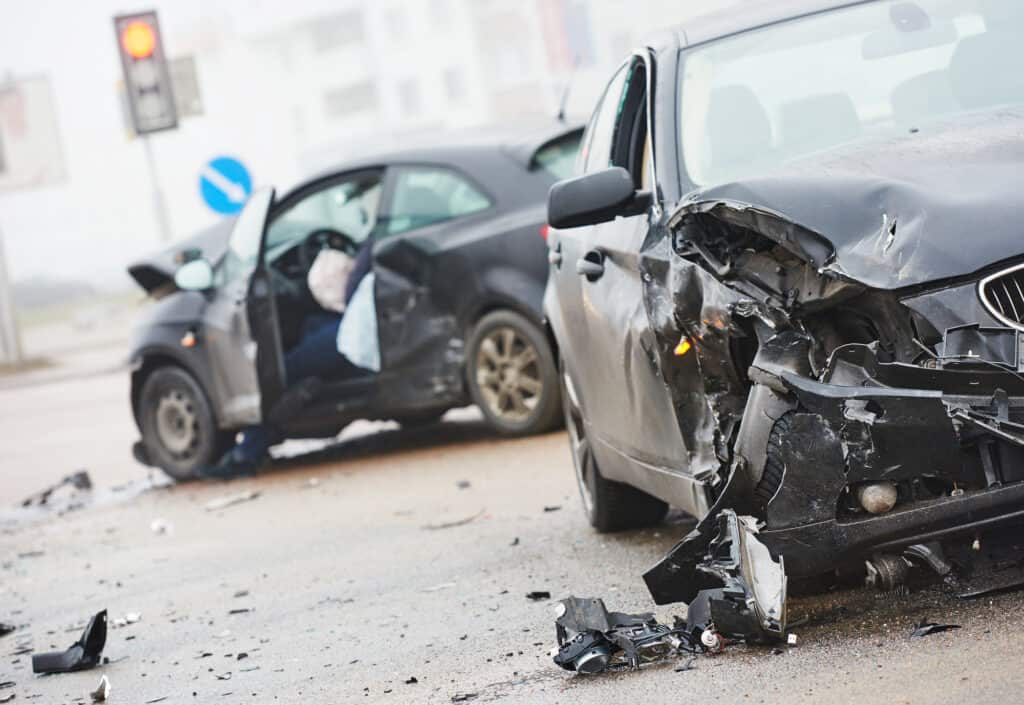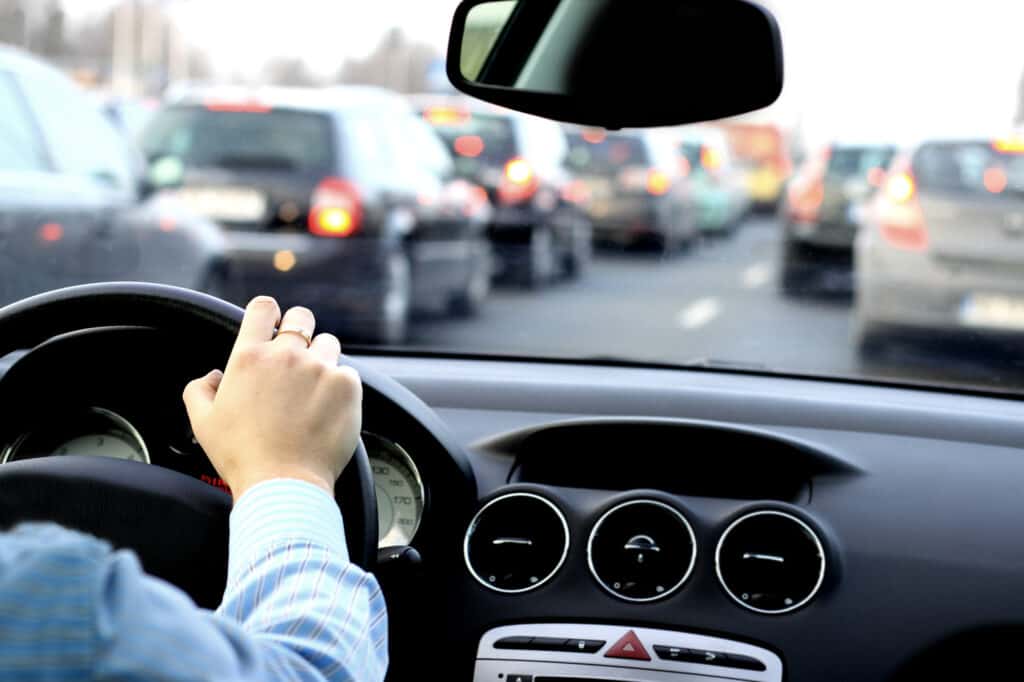There are still many misconceptions about drinking and driving despite the fact that there has been a lot of information on this subject for years. We recently spoke with Brampton DUI lawyer Akash Dhillon of A. Dhillon Law Professional Corporation to get his top 10 myth about driving under the influence. As a criminal lawyer who specializes in impaired driving, Akash has seen every excuse in the book. Here are his top 10:
“I know how to reduce my blood alcohol level.”
Only time can help you eliminate alcohol. Alcohol is not reduced by taking a cold bath, drinking strong coffee or going on a run. Your liver gets rid of almost everything.
You have to let your liver do its job before you can sober up. Energy drinks can mask alcohol-induced drowsiness, but they still impair your ability to drive. A officer can show you.
The concentration of alcohol increases in your blood and reaches a maximum one hour after you have finished drinking.
“I’m allowed to drive my car after drinking alcohol, but only on public roads.”
Criminal Code is applicable to all motorized vehicles, no matter where they are operated. You could be arrested if your driving ability is impaired while operating a motor vehicle such as a car or a tractor.
“After a few drinks, I had a good meal.”
When you drink alcohol on an empty stomach it passes straight into your intestine, and then into your bloodstream and into the brain. Alcohol is absorbed without any barriers, and literally goes to your brain. It’s not possible to change the situation by eating after drinking alcohol. The alcohol has already entered your bloodstream. A late-night snack of poutine will not affect your blood alcohol level!
“I only drank cocktails.”
Cocktails may not be as light as you think. No matter if it’s mixed with juice, two ounces is still the same amount of alcohol. Watch out for cocktails that are not mixed with a jigger.
“As long as my blood alcohol level is below 0.08, I am not at risk.”
Do not rely on your blood-alcohol concentration to determine if you’re impaired. Many other factors may be at play, including fatigue, drugs or medication, stress, illness, and fatigue.
Even if you have a low blood alcohol level, your ability to drive may be impaired. This is a criminal offense. You could be arrested if your blood alcohol level is below 0.08.
The breathalyzer is not always used by police officers. They could also assess your driving ability by having you do physical coordination tests. You may be arrested by a police officer based on your behavior.
“I have calculated my blood alcohol concentration and it is below 0.08.”
The em>Criminal Code/em> penalizes driving with a blood alcohol level greater than 80 mg per 100 ml of blood, but not only. Criminal Code penalizes not only driving with a blood-alcohol concentration of 80 mg or more per 100 ml, but also driving while impaired , regardless of how much alcohol is in your body. You should be aware that the blood alcohol level continues to rise after your last drink. It can reach its highest level an hour later.
Alcohol intolerance, stress, fatigue or other substances such as medication or drugs do not affect your blood alcohol level, but they can increase its effects. A greater chance of an accident or arrest for impaired driving exists when you drink alcohol. You may not want to drive if you are only curious about your blood alcohol level. The SAAQ discourages using tools that calculate blood alcohol concentration because they don’t provide accurate information to prevent impaired driving.
“I haven’t drunk anything in an hour!”
It is common knowledge that driving without alcohol an hour before the drive is a good practice. This may be true only if your alcohol consumption is kept to a minimum. Waiting an hour won’t change the fact that you have consumed too much alcohol.
You need several hours for your body to eliminate some drinks completely. To eliminate 70 mg alcohol per 100ml blood, for example, your body requires almost 5 hours.
“Men are more tolerant of alcohol than women.”
Women tend to have slightly higher blood alcohol levels for the same amount and weight of alcohol. The sex of a person has a relatively negligible impact compared to the other factors at play such as weight and alcohol absorption rate by the stomach.
“I’ve been smoking or drinking but I don’t need to drive far.”
Many accidents happen near homes. Drivers tend to be less attentive when they are familiar with a route and go on “autopilot.” This means their vigilance in different driving situations is reduced (traffic signals, intersections, changing directions, etc.). The drivers will need more time to react if an unexpected situation arises, especially when they are impaired by alcohol or drugs.
“Repeat offenders are to blame!”
Comparing yourself to a repeat offenders with blood alcohol levels two or three time the legal limit can make you feel less guilty. The majority of impaired driving-related accidents and offences are committed by first-time offenders, “ordinary” individuals who believed that they would never be stopped for impaired driving.
If you’ve been drinking, never get behind the wheel. There’s never a reason or excuse big enough to put your life and those of others at risk. Remember, in a split second you could ruin your future, injure or kill others, and tear a hole in the heart of everyone who loves you.




